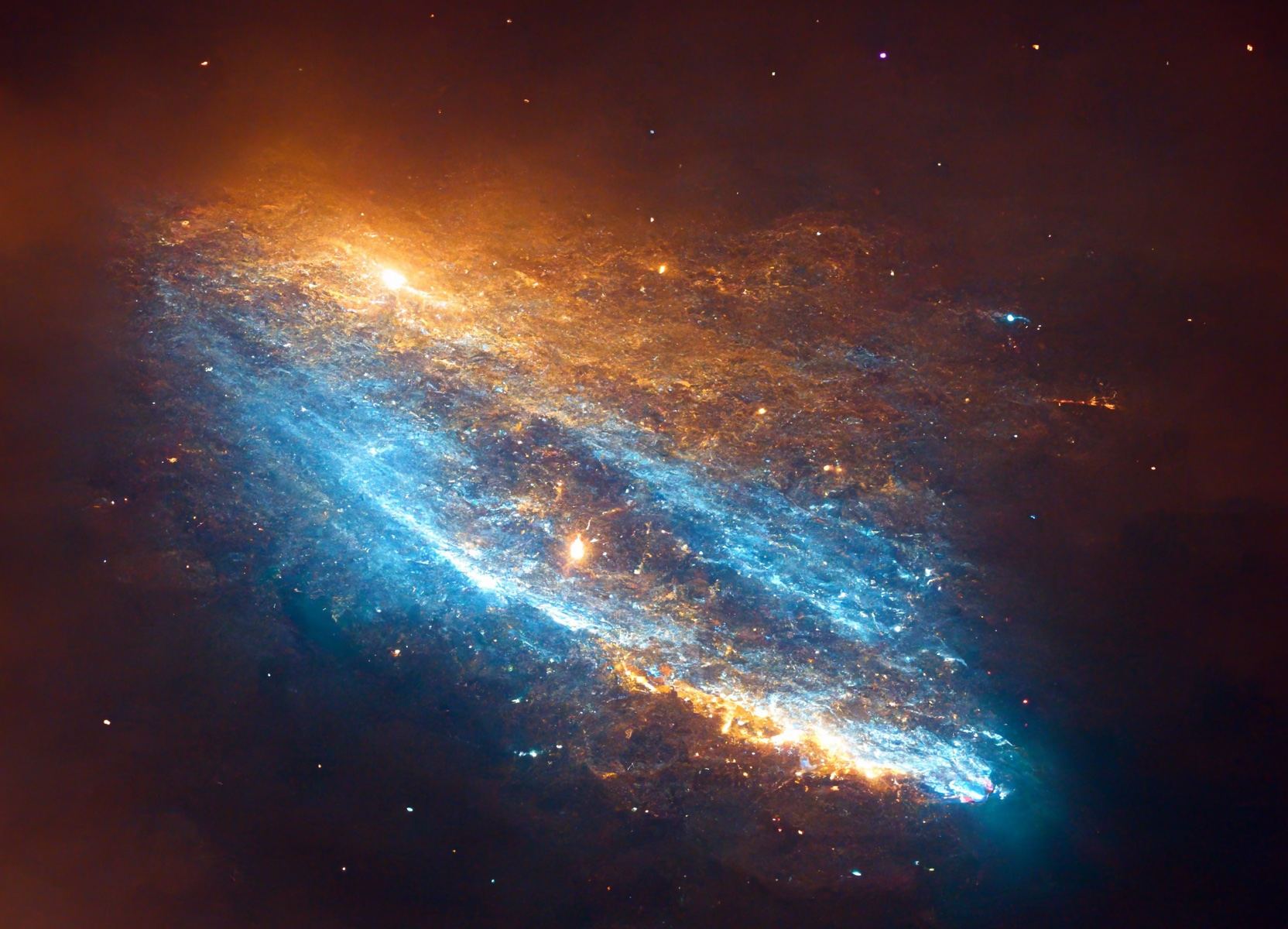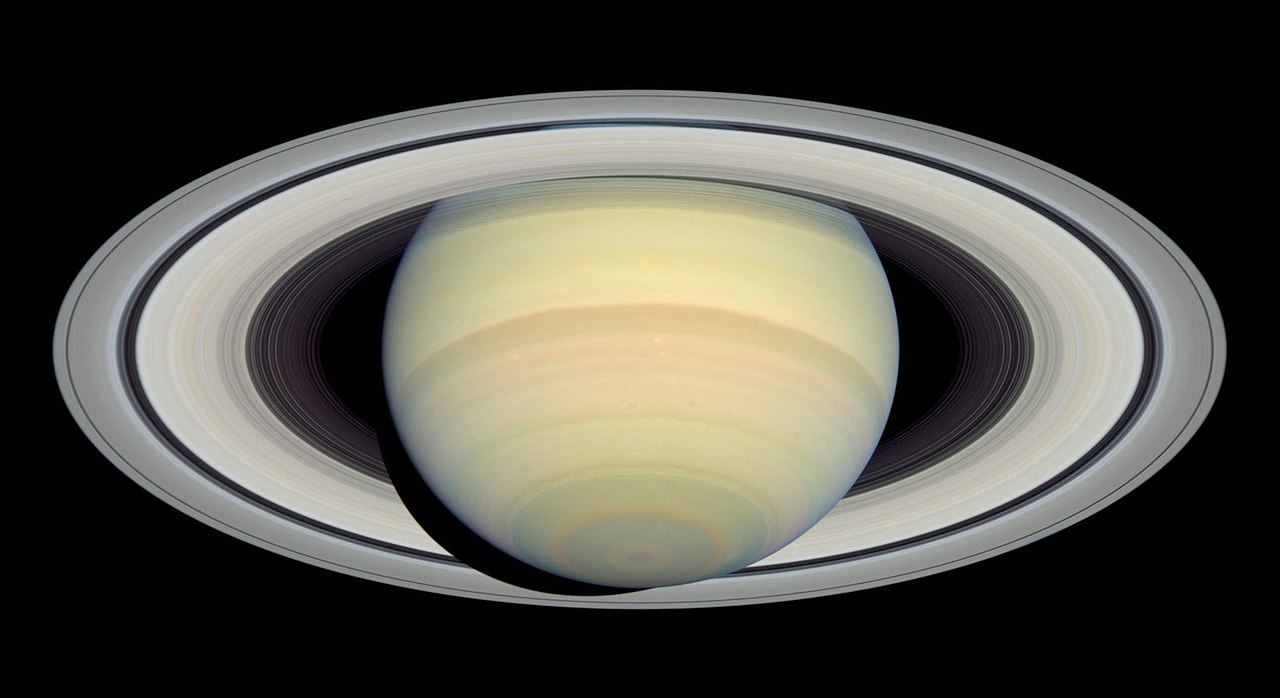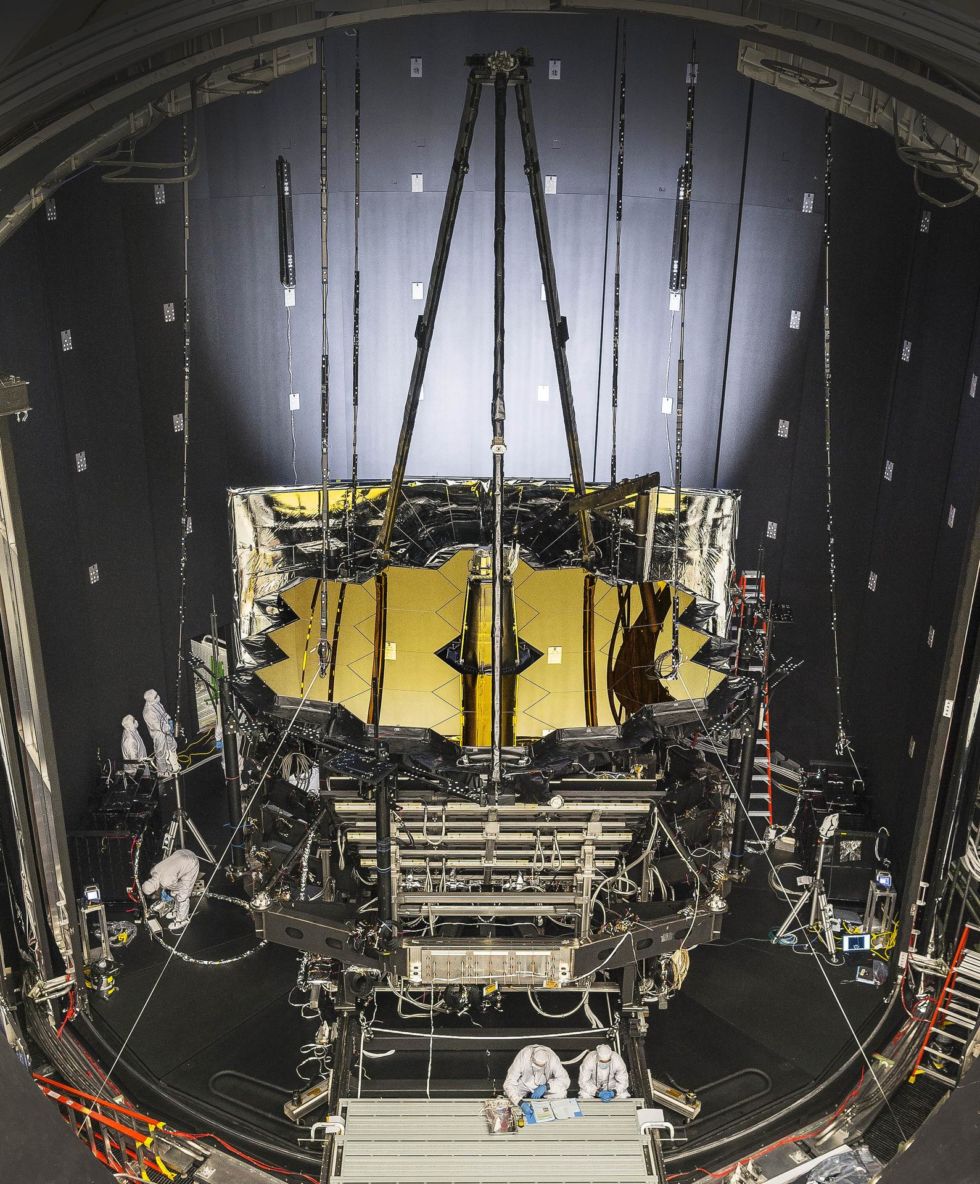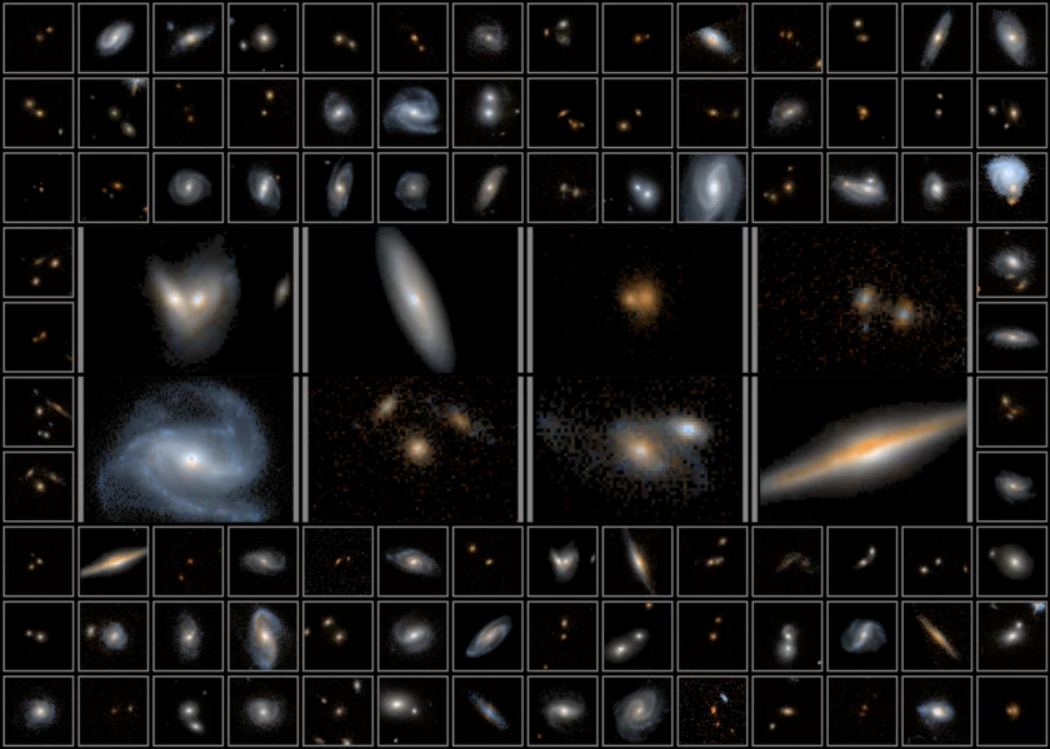In a recent study submitted to MNRAS, a collaborative research team has utilized the first set of data from the James Webb Space Telescope (JWST) discovering a galaxy candidate, CEERS-93316, that formed approximately 250 million years after the Bing Bang, which also set a new redshift record of z = 16.7. This finding is extremely intriguing as it demonstrates the power of JWST, which only started sending back its first set of data a few weeks ago. CEERS stands for Cosmic Evolution Early Release Science Survey, and was specifically created for imaging with JWST.
Continue reading “The Record for the Farthest Galaxy just got Broken Again, now just 250 million years after the Big Bang”The Record for the Farthest Galaxy just got Broken Again, now just 250 million years after the Big Bang










